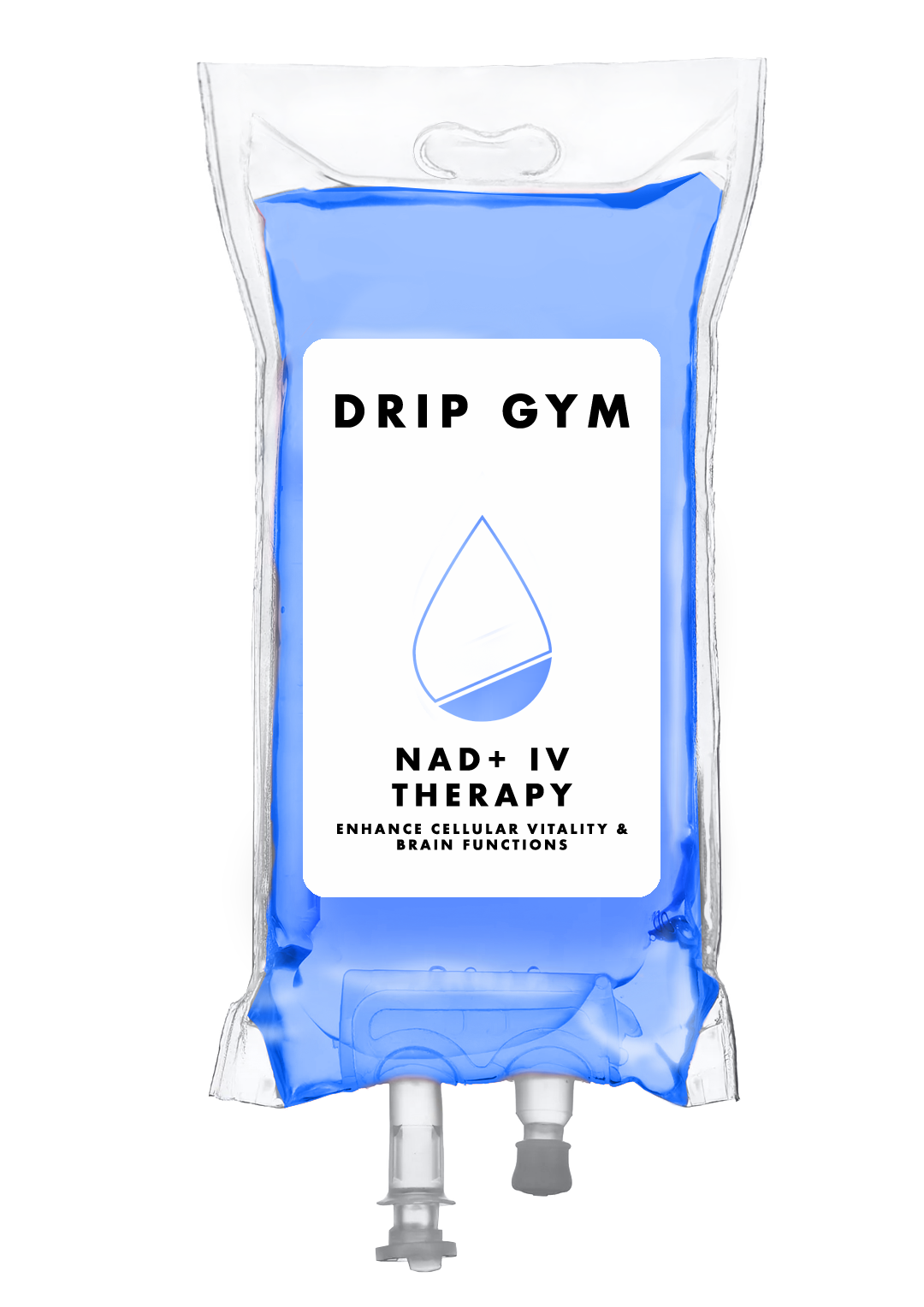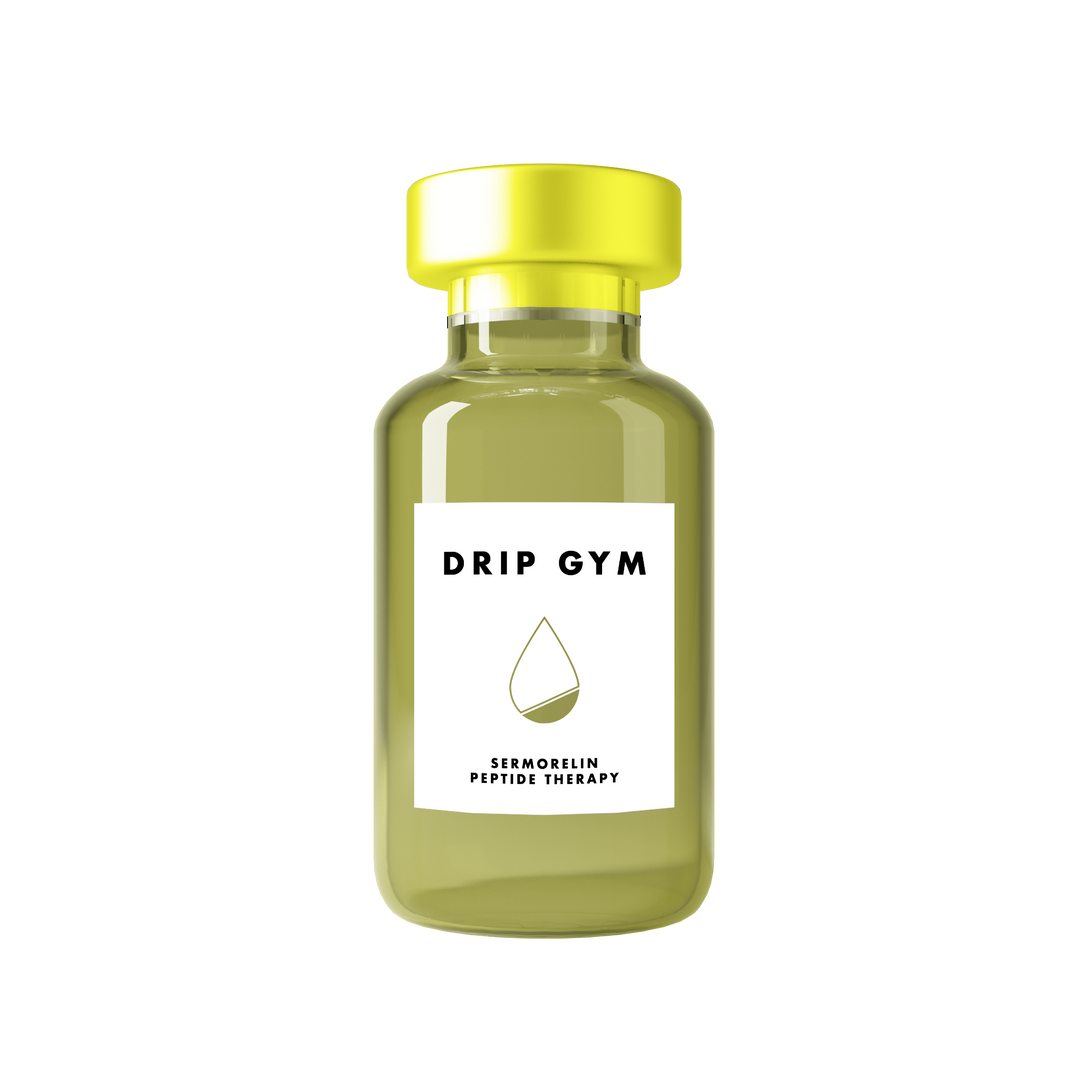The Safety Profile of NAD IV Therapy: Side Effects and DripGym's Expertise and Commitment

Nicotinamide adenine dinucleotide (NAD) intravenous (IV) therapy has gained significant attention for its potential benefits in promoting health and vitality. For anyone considering NAD IV infusion, it’s crucial to understand the procedure’s safety profile, potential side effects, and contraindications.
As part of DripGym’s focus on safe and effective treatments, this article provides comprehensive insights into the safety aspects of NAD IV therapy, detailing common side effects, management strategies, and situations where the procedure may not be suitable.
Key Takeaways
-
Common side effects of NAD IV therapy are generally mild and transient, including nausea, flushing, and infusion site discomfort.
-
Adjusting the infusion speed and ensuring proper hydration are key strategies to manage and minimize discomfort.
-
Certain pre-existing medical conditions, pregnancy, and a history of allergic reactions are important contraindications for NAD IV treatment.
-
Current scientific literature indicates a strong safety profile for NAD IV therapy.
-
DripGym prioritizes patient safety through thorough medical screening, qualified professional supervision, and customized treatment plans.
What is NAD IV Therapy?
NAD is a coenzyme naturally found in every cell of the body. It plays a vital role in metabolism, energy production, and cellular regeneration. Levels of NAD+, the oxidized form of NAD, naturally drop over time, contributing to various age-related health issues.
With NAD IV therapy, NAD+ is administered directly into the bloodstream through an intravenous drip. This method allows for 100% bioavailability, meaning the coenzyme is immediately available for cellular use. IV administration bypasses the digestive system, which can degrade NAD+ when taken orally.
Understanding Common Side Effects of NAD IV Therapy
While NAD IV treatment is generally considered safe, some mild and transient side effects may present themselves. These effects are often manageable and typically resolve shortly after the infusion is completed or the speed is adjusted. Patients can expect any mild discomfort to subside within minutes to a few hours post-treatment. Crucially, understanding these potential reactions helps prepare both clients and providers for the procedure.
Transient Chest Tightness and Flushing: Why it Happens
One common side effect observed during NAD IV infusions is transient chest tightness or a feeling of warmth, often accompanied by flushing. These sensations are usually brief and may occur if the drip rate is too rapid. The team at DripGym monitors such effects, including palpitations, to make the necessary adjustments during sessions.
Nausea and Gastrointestinal Discomfort: Tips for Relief
Another frequently reported side effect of NAD IV therapy is nausea, which can sometimes be accompanied by general gastrointestinal discomfort, stomach pain, or even vomiting. Maintaining adequate hydration and adjusting the infusion rate can significantly help alleviate these gastrointestinal disturbances.
For this reason, DripGym ensures our staff are highly trained on the most up-to-date methods to reduce any side effects during the process.
Headaches and Dizziness: Managing Infusion-Related Symptoms
Headaches and dizziness or lightheadedness are also among the common, mild side effects patients might experience during or after a session of NAD IV therapy. These symptoms, like others, are often linked to the rate of infusion. Similarly, proper hydration before and during the treatment can significantly reduce the likelihood of these side effects.
Infusion Site Discomfort: What to Expect
As with any intravenous therapy, some localized discomfort at the injection site is possible. Patients might experience swelling or tenderness where the IV is inserted. This discomfort is usually minor and temporary, resolving quickly after the treatment. Ensuring proper technique by qualified professionals minimizes this particular risk.
Other Mild Effects: Fatigue, Brain Fog, and Muscle Cramping
Beyond the more common effects, some individuals might report temporary fatigue, brain fog, or muscle cramping. While these are generally negligible, they highlight the individual physiological responses to NAD IV therapy. Being aware of them helps manage patients’ expectations.
Strategies for Managing and Minimizing Side Effects During Your Session
Managing potential side effects during NAD IV therapy involves a few straightforward strategies. These methods focus on patient well-being and ensuring a smooth treatment experience. DripGym's medical professionals are adept at implementing these strategies while administering infusions.
The Role of Infusion Speed Adjustment
The primary strategy for minimizing side effects like nausea, chest tightness, or dizziness is to adjust the infusion rate. If a patient experiences discomfort, slowing down the drip allows the body to better acclimate to the NAD+, often resolving symptoms quickly. This personalized approach to infusion speed is vital for comfort and safety.
Importance of Pre- and Post-Infusion Hydration and Nutrition
Adequate hydration before and during sessions can significantly reduce the likelihood of headaches and other gastrointestinal effects that might result from your NAD IV treatment. Proper nutrition also supports the body's response to the therapy. Patients should ensure they are well-hydrated and have eaten a light meal before their appointment.
Communication with Your Medical Professional
Open and continuous communication with the medical professional administering your NAD IV therapy is just as important. Any discomfort or unusual sensations experienced during the infusion should be immediately reported, allowing the provider to make the necessary adjustments.
Side Effects Susceptibility: Who is More Likely to Have a NAD IV Reaction?
NAD IV therapy is generally well-tolerated, but certain groups may be more susceptible when it comes to side effects. These include sleep-deprived individuals, first-time recipients who are prone to initial reactions, as well as those on certain medications and patients with a history of nausea, headaches, motion sickness, or fatigue.
Key Contraindications for NAD IV Therapy: Who Should Avoid Treatment?
While NAD IV therapy offers many potential benefits, it is not suitable for everyone. Certain medical conditions or circumstances serve as contraindications, meaning the therapy should be avoided. A thorough medical screening by a qualified professional is essential to identify these risks.
Pre-existing Medical Conditions
Individuals with severe pre-existing medical conditions should generally avoid NAD IV therapy. Little published data exists for the use of NAD IV therapy in those with significant hepatic or renal dysfunction, severe cardiovascular conditions, or other serious chronic illnesses. The potential impact on organ function is not yet fully understood for these groups of people, so medical professionals typically advise against treatment until more research is available.
History of Allergic Reactions and Hypersensitivity
Patients with a documented history of allergic reactions or hypersensitivity, particularly to any components of the IV solution, must avoid NAD IV therapy. This includes known allergies to vitamins, minerals, or other ingredients in the infusion. A comprehensive review of a patient's allergy history is a critical step in the pre-treatment screening process.
Specific Enzyme Deficiencies
Individuals with certain enzyme deficiencies, such as glucose-6-phosphate dehydrogenase deficiency, may also have contraindications. Such genetic conditions can affect how the body processes various substances, and a thorough medical history helps identify these important considerations.
Debunking Myths: Is NAD IV Therapy Dangerous?
Concerns about the safety of emerging treatments are natural, and NAD IV therapy is no exception. It is important to address common misconceptions and provide clarity based on current scientific understanding.
The Truth About Severe Adverse Reactions
As far as presently available scientific literature goes, there is indication of a high safety profile for NAD IV therapy, with no large-scale or well-documented reports of severe or life-threatening reactions to the treatment. This suggests that serious repercussions are rare in properly administered NAD IV infusions.
Distinguishing Quality NAD+ for IV Use
The safety of NAD IV therapy largely depends on the quality and purity of the NAD+ compound used. Reputable providers like DripGym utilize pharmaceutical-grade NAD+ sourced from trusted suppliers. This ensures that the compound is pure, potent, and free from contaminants. The distinction between high-quality, pure NAD+ for medical use versus other forms is crucial in providing safe IV treatments.
DripGym's Commitment to Patient Safety and Medical Oversight
At DripGym, patient safety and optimal outcomes are paramount. We uphold the highest standards of care, ensuring every NAD IV therapy session is conducted under strict medical protocols. Our commitment to your well-being guides every step of the process.
Our Rigorous Medical Screening and Assessment Process
Before any NAD IV therapy, DripGym conducts a thorough medical screening and assessment. This involves reviewing your medical history, current health status, and any potential contraindications. This detailed evaluation ascertains that NAD IV therapy is appropriate and safe for your specific health needs.
The Expertise of Our Qualified Medical Professionals
All NAD IV infusions at DripGym are administered by highly qualified and experienced medical professionals. Our team includes licensed nurses and other healthcare providers trained in intravenous therapy and emergency protocols. Their expertise ensures that the procedure is performed safely and efficiently, with immediate response capabilities for any unexpected reactions.
Customizing Your Treatment for Optimal Safety and Effectiveness
DripGym understands that each individual's needs are unique. We customize NAD IV therapy dosages and infusion speeds based on your health assessment and tolerance. This personalized approach not only enhances the therapy's effectiveness but also significantly contributes to its safety, minimizing potential side effects as we prioritize your comfort and well-being.
Conclusion
NAD IV therapy presents a promising avenue for enhancing cellular health and overall wellness. While generally safe, understanding its common side effects and strict contraindications is critical for informed decision-making. The vast majority of reported side effects are transient and manageable, particularly by adjusting infusion speed. Importantly, current scientific literature supports the safety of NAD IV therapy, with no evidence of widespread severe adverse reactions.
At DripGym, our unwavering commitment to patient safety, rigorous medical screening, and the expertise of our qualified professionals ensure a safe and effective treatment experience.
Ready to explore how NAD IV therapy could benefit you in a safe, medically supervised environment? Contact DripGym today to schedule a personalized consultation and discuss your health goals.
FAQs
What are the most common side effects of NAD IV therapy?
Common side effects, which are typically mild and transient, include nausea, flushing, dizziness, headaches, and discomfort at the infusion site. These often resolve by slowing the infusion speed.
How can I minimize side effects during my NAD IV therapy session?
Communicating openly with your medical professional is key. They can adjust the infusion speed, and ensuring proper hydration before and during the session also helps reduce discomfort.
Who should not receive NAD IV therapy?
NAD IV therapy is generally not recommended for pregnant or breastfeeding women, individuals with severe hepatic or renal dysfunction, or those with a history of allergic reactions to IV solution components.
Is NAD IV therapy considered safe by scientific research?
Yes, current scientific literature suggests NAD IV therapy is generally safe. Comprehensive reviews have found no large-scale or well-documented reports of severe or life-threatening reactions.
Does DripGym screen patients for NAD IV therapy?
Absolutely. DripGym conducts a rigorous medical screening and assessment process for every patient to ensure NAD IV therapy is appropriate and safe for their individual health profile.




